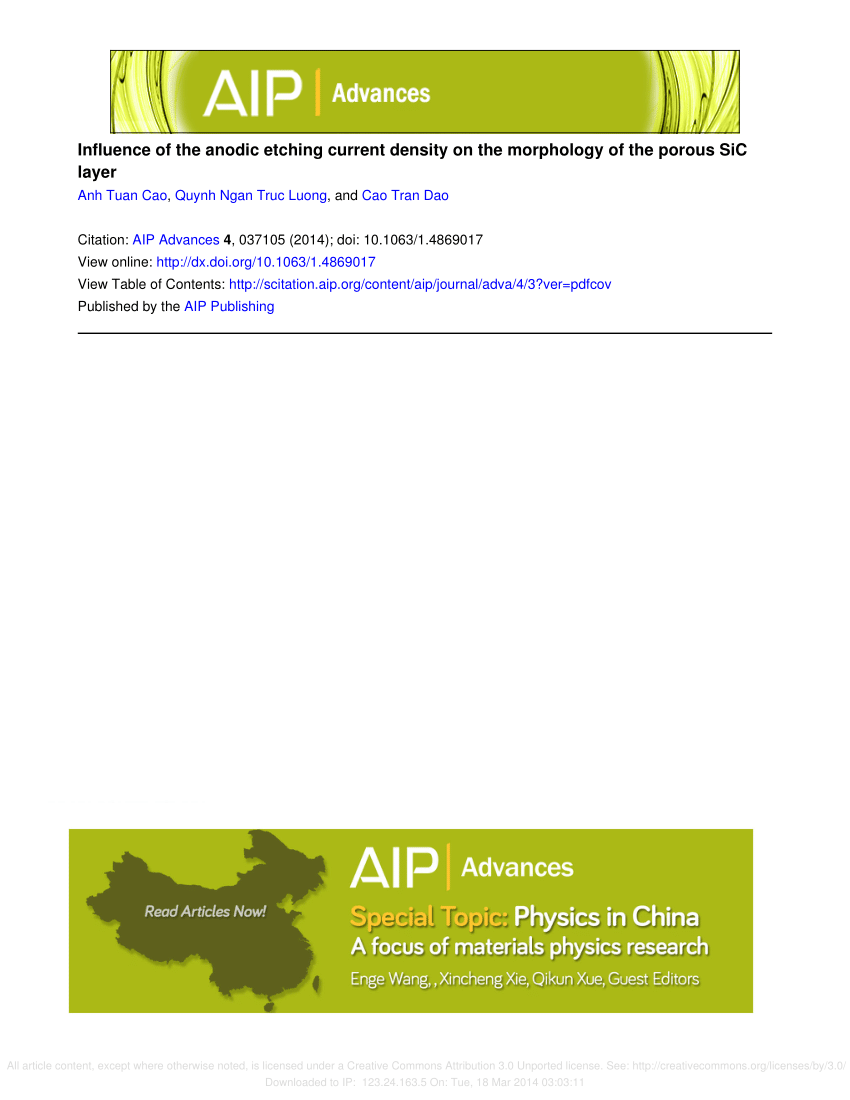Ka 波段倍频陀螺回旋放大器的设计与仿真
IF 1.4
4区 物理与天体物理
Q4 MATERIALS SCIENCE, MULTIDISCIPLINARY
引用次数: 0
摘要
本文讨论了 Ka 波段倍频双腔陀螺回旋加速器的设计方法。在这项研究中,放大器的设计和仿真是通过非线性分析完成的,并利用粒子入胞仿真技术进行了验证。输出腔在回旋频率二次谐波上以两倍于输入信号频率的 TE02 模式工作,而输入腔由 17.5 GHz 信号源供电,在回旋共振的一次谐波上以 TE01 模式工作。该装置的性能在有光束和无光束的情况下都得到了检验。为了优化相互作用结构尺寸以达到装置的目标性能,我们考虑了许多因素。通过调整结构特征和电子束参数,对装置的射频输出功率进行了评估,以提高效率。模拟结果表明,该装置的增益为 21.5 dB,效率为 21.6%,功率为 227 kW,-3 dB 带宽为 0.3%。本文章由计算机程序翻译,如有差异,请以英文原文为准。
Design and simulation of a Ka-band frequency doubling gyroklystron amplifier
The design methodology of a Ka-band frequency doubling two cavity gyroklystron has been discussed in this paper. In this study, the amplifier’s design and simulation are accomplished by employing nonlinear analysis and validated using particle-in-cell simulation techniques. The output cavity functions in the TE02 mode at two times the input signal frequency at the second harmonic of the cyclotron frequency, while the input cavity is powered by a 17.5 GHz source and functions in the TE01 mode at the first harmonic of the cyclotron resonance. The device’s performance has been examined both in the presence and in the absence of a beam. A number of factors were taken into account in order to optimize the interaction structure dimension to reach the device’s targeted performance. By adjusting the structural features and electron beam parameters, the device’s RF output power is assessed in an effort to increase efficiency. Simulation results estimate that the device displays a gain of 21.5 dB, an efficiency of 21.6%, a power of 227 kW, and a −3 dB bandwidth of ∼0.3%.
求助全文
通过发布文献求助,成功后即可免费获取论文全文。
去求助
来源期刊

AIP Advances
NANOSCIENCE & NANOTECHNOLOGY-MATERIALS SCIENCE, MULTIDISCIPLINARY
CiteScore
2.80
自引率
6.20%
发文量
1233
审稿时长
2-4 weeks
期刊介绍:
AIP Advances is an open access journal publishing in all areas of physical sciences—applied, theoretical, and experimental. All published articles are freely available to read, download, and share. The journal prides itself on the belief that all good science is important and relevant. Our inclusive scope and publication standards make it an essential outlet for scientists in the physical sciences.
AIP Advances is a community-based journal, with a fast production cycle. The quick publication process and open-access model allows us to quickly distribute new scientific concepts. Our Editors, assisted by peer review, determine whether a manuscript is technically correct and original. After publication, the readership evaluates whether a manuscript is timely, relevant, or significant.
 求助内容:
求助内容: 应助结果提醒方式:
应助结果提醒方式:


